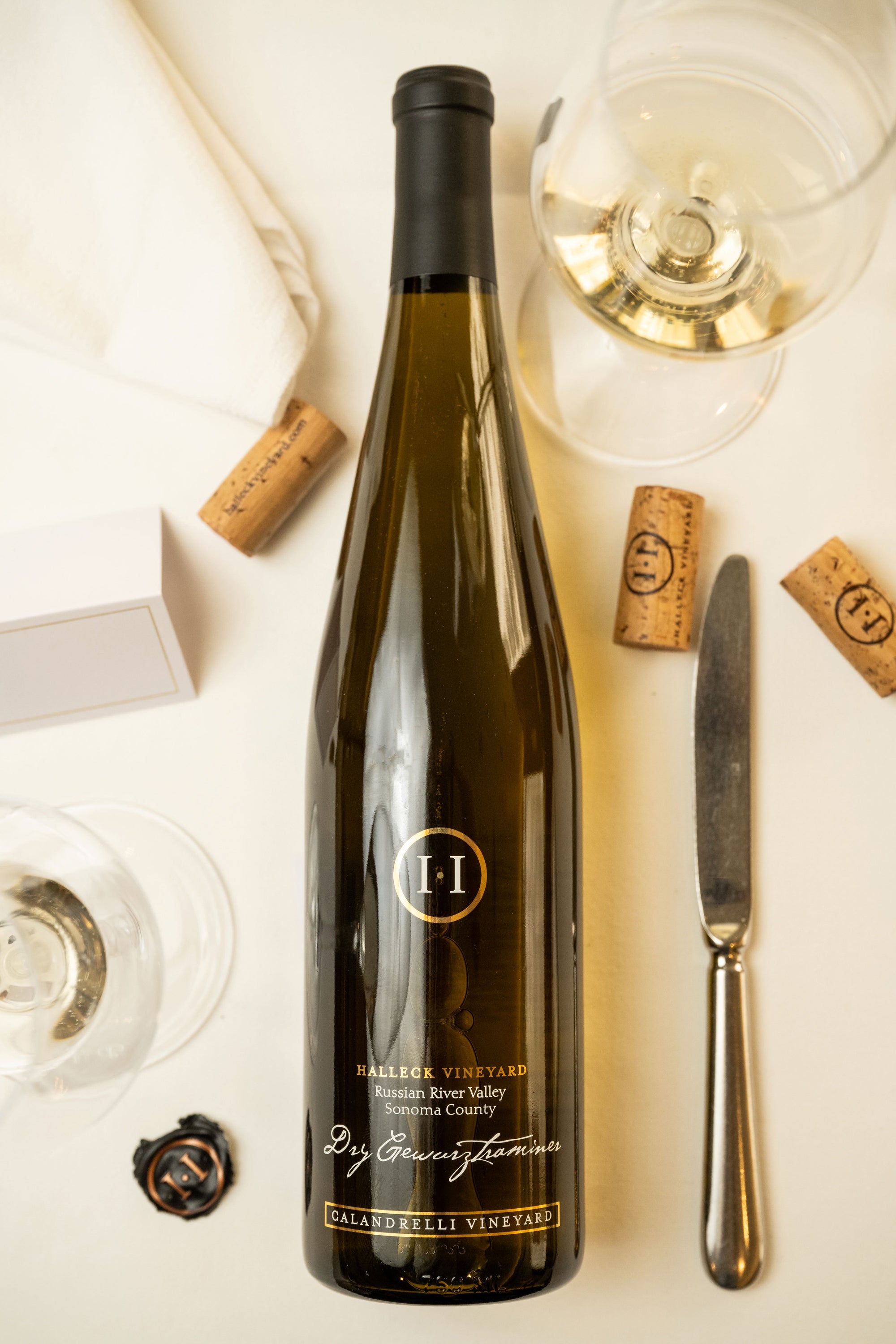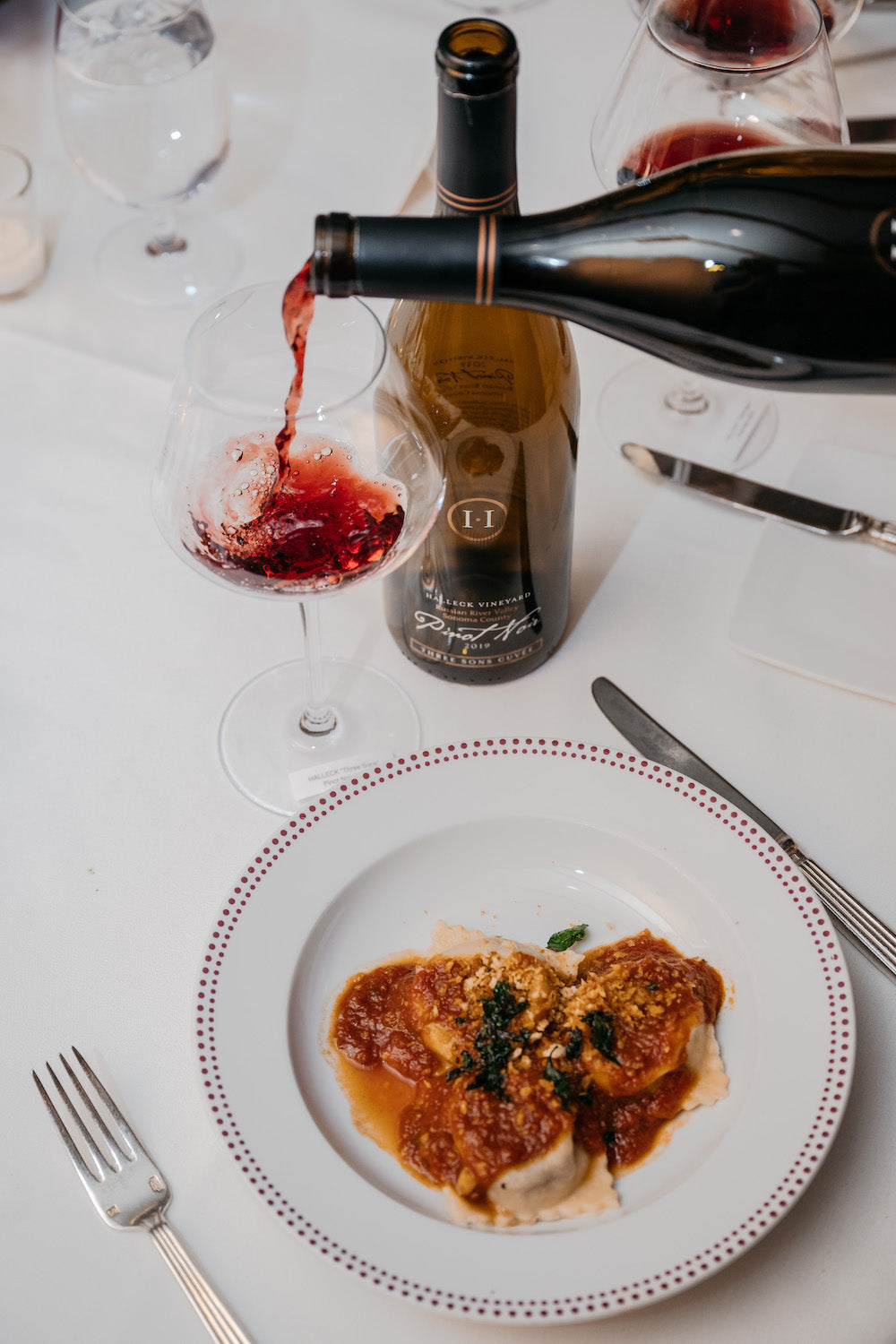Create the Perfect Wine Tasting in Sebastopol
Create the Perfect Wine Tasting in Sebastopol
Blog Article
Family-Friendly Wine Tasting Options in Sonoma County 95409
Understanding the nuanced vocabulary associated with winery wine tasting is important for both novices and seasoned connoisseurs alike. Each term brings to life the experience of tasting wine and may improve one’s appreciation of the many intricacies involved. Wine tasting is more than simply ingesting; it's an art that includes numerous senses and feelings.
To start with, the term "nostril" refers back to the aromas one detects when smelling the wine. This is a crucial step because the bouquet sets the stage for the tasting experience. Notes of fruit, spice, earth, and wood could mingle, providing a glimpse of what the palate might verify. Understanding "nosing" the wine can dramatically elevate one's sensory journey.
One Other key side is the term "body." The body of the wine describes its weight and fullness on the palate. A full-bodied wine has a strong presence and tends to linger longer after swallowing. Conversely, light-bodied wines might feel more delicate and refreshing. Recognizing the body helps tasters assess the wine's structure and balance.
Walk-In Wineries in California for a Laid-Back Experience 95472
The concept of "tannins" is important in red wine tasting. Tannins are compounds derived from grape skins, seeds, and stems, contributing to a wine's texture and growing older potential. Excessive tannin wines usually result in a dry mouthfeel, while decrease tannin ranges yield a smoother experience. This distinction is especially important when pairing wines with food, as tannins can both complement or conflict with sure dishes.
In addition to tannins, "acidity" performs a big position within the wine tasting experience. Acidity gives wine its crispness and liveliness - Exploring Outdoor Wine Tastings in Sonoma County. Wines with higher acidity are usually refreshing and energizing, making them wonderful companions for a wide range of meals. Recognizing acidity can drastically improve one’s food-pairing capabilities and total tasting enjoyment.
When delving into the flavor profile of a wine, one may encounter the term "finish." The end refers back to the aftertaste that lingers within the mouth after swallowing. A long end is often associated with high-quality wines, because it signifies complexity and depth. A brief end might counsel a less complicated wine. Figuring Out the method to consider the end can reveal a lot about a wine's character.
Exploring the "vintage" can additionally be integral to wine tasting terminology. The vintage denotes the year by which the grapes had been harvested. Totally Different years can yield vastly completely different results due to variations in local weather conditions. For occasion, a sizzling summer can produce more concentrated flavors, whereas a cooler 12 months might yield extra refined, nuanced wines. Understanding vintage allows for a deeper appreciation of a wine’s origin and potential.
Experience the Tastes of Estate Pinot Noir and Chardonnay in Sonoma 95433
The term "terroir" encompasses the geographical and environmental elements that contribute to a wine's distinctive character. Elements similar to soil kind, climate, elevation, and topography all play a job within the flavor and quality of the wine. This connection to position helps one understand why wines from completely different regions can taste so distinctively completely different, even when produced from the identical grape selection (Upcoming Events at Sonoma Wineries).
When partaking with wines, the phrase "leg" refers to the droplets that form on the within of the glass after swirling. These droplets can point out the wine's alcohol content material and viscosity. While observing the legs might not directly relate to the wine’s style, it provides to the overall experience and intrigue of wine tasting much less clear.
Discovering the Best Kept Secrets of Sonoma County
A extra particular term that will come up throughout tastings is "oak." The affect of oak barrels on wine can impart flavors corresponding to vanilla, toast, or spice. The diploma of oak getting older can range broadly among wines, affecting both aroma and taste. Understanding oak treatment provides insights into the winemaker’s choices and the resulting complexity of the wine.
In wine tasting, one might also hear the term "palate." The palate refers back to the overall taste experience within the mouth. This encompasses sweetness, bitterness, acidity, and physique. A well-balanced palate is crucial for a harmonious tasting experience, and recognizing any imbalances helps assess the standard of the wine.
The experience of wine tasting is significantly enriched by understanding the terminology that accompanies it. Each term serves a objective, enhancing the flexibility to convey ideas and feelings concerning the wine one's important source experiencing. This vocabulary bridges communication between tasters, sommeliers, and winemakers alike.

To absolutely take pleasure in wine tasting, it's essential to have interaction all senses. The sight of the wine, its shade, and readability can present perception into its age and quality. Swirling the wine releases aromas that heighten the olfactory experience, while the precise tasting permits for an entire evaluation of the wine's profile.
Discover the Vineyards in the Russian River Valley for Incredible Wine Tasting Experiences
In conclusion, understanding the detailed clarification of winery wine tasting terminology tremendously enhances the experience of tasting. Each term invites the taster to engage more deeply with the wine, encouraging connections to the senses, the winemakers, and the lands where the grapes are grown. This nuanced vocabulary creates a richer, more fulfilling wine tasting experience.
- Aroma refers to the scents launched by the wine, which might point out its grape variety and influence the tasting experience.
- Tannins are natural compounds found in grape skins, seeds, and stems, contributing to the wine's structure and growing older potential.
- A finish, or aftertaste, is the lingering flavor sensation that remains on the palate after swallowing, often a key indicator of quality.
- Body describes the weight and fullness of wine in the mouth, generally categorized as light, medium, or full-bodied.
- Terroir denotes the unique environmental characteristics of a vineyard that affect the taste and quality of the wine, including soil type and local weather.
- Acidity is a crucial element that contributes to a wine's freshness and steadiness, impacting its growing older functionality and general flavor profile.
- Vintage indicates the year grapes have been harvested and performs a major function in determining the wine's traits, reflecting particular weather conditions.
- Decanting involves pouring wine from its bottle into another vessel, permitting it to aerate and enhancing its flavors and aromas.
- A corked wine may be tainted by a defective cork, leading to musty or off-putting flavors that detract from the wine's meant profile.
- The term “legs” refers to the droplets that cling to the inside of a glass after swirling, often related to the wine's alcohol content material and viscosity.undefinedWhat is the that means of "nostril" in wine tasting?undefinedThe "nose" refers back to the aroma profile of the wine, which is detected through the sense of smell. It Is an important facet of wine tasting, as aromas can reveal a lot in regards to the grape selection, winemaking process, and aging.
How ought to I correctly taste wine?undefinedTo taste wine successfully, comply with these steps: observe the color, swirl the wine to aerate it, take a delicate sniff to seize the aromas, sip and let it coat your palate, and finally, note the end. This strategy helps in appreciating the wine’s complexity.
What are "tannins" and how do they have an effect on wine?undefinedTannins are pure compounds present in grape skins, seeds, and stems that contribute to a wine's structure and astringency. They can create a drying sensation in the mouth, and so they also play a role in the wine's getting older potential.
Wine Lovers Should Not Miss These Amazing Wineries in Sonoma

What does the term "steadiness" mean in wine tasting?undefinedBalance refers again to the harmony between the completely different elements of a wine, such as acidity, sweetness, alcohol, tannin, and flavor depth. A well-balanced wine may have every of these components supporting one another somewhat than overpowering the others.
What is the significance of "terroir" in wine tasting?undefinedTerroir encompasses the environmental factors—such as soil, local weather, and geography—that influence the traits of the wine produced in a specific area. Understanding terroir helps tasters respect the distinctive qualities that completely different regions impart to their wines.
What does "vintage" imply and why is it important?undefined"Vintage" indicates the 12 months when the grapes were harvested. It is essential because it impacts the wine’s quality and traits, as climate circumstances in the course of the growing season can significantly affect flavor profiles and aromatics.
What are "legs" and what do they signify?undefined"Legs" refer to the droplets that type and run down the within of a glass after swirling wine. While they will point out alcohol content and viscosity, they do not decide quality—this is extra about personal perception of richness.
Explore the Charming Wineries of Sonoma County 95404

What does "full-bodied" mean versus "light-bodied"?undefined"Full-bodied" wines are wealthy, dense, and sometimes have higher alcohol content material and sophisticated flavor profiles, while "light-bodied" wines are extra delicate and refreshing with a lower alcohol content. This distinction helps tasters perceive the expected weight and mouthfeel of the wine.
How can I establish fruit flavors in wine?undefinedTo determine fruit flavors, consider the aroma and style profiles. Swirl the wine, inhale deeply to capture the bouquet, and give attention to particular characteristics. Familiarity with typical fruit profiles of Clicking Here assorted grape varieties can enhance this identification course of.
What is "finish" in wine tasting?undefinedThe "end" refers to the aftertaste that lingers in the mouth after swallowing. A lengthy, complex end is often an indication of quality in a wine, because it reflects the depth of flavor and general craftsmanship in the winemaking course of. Report this page